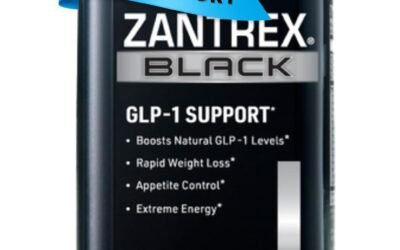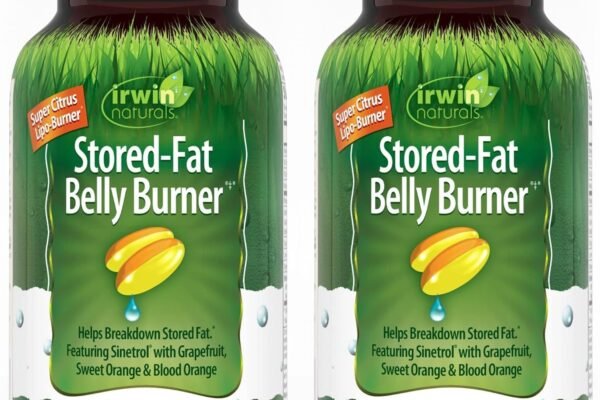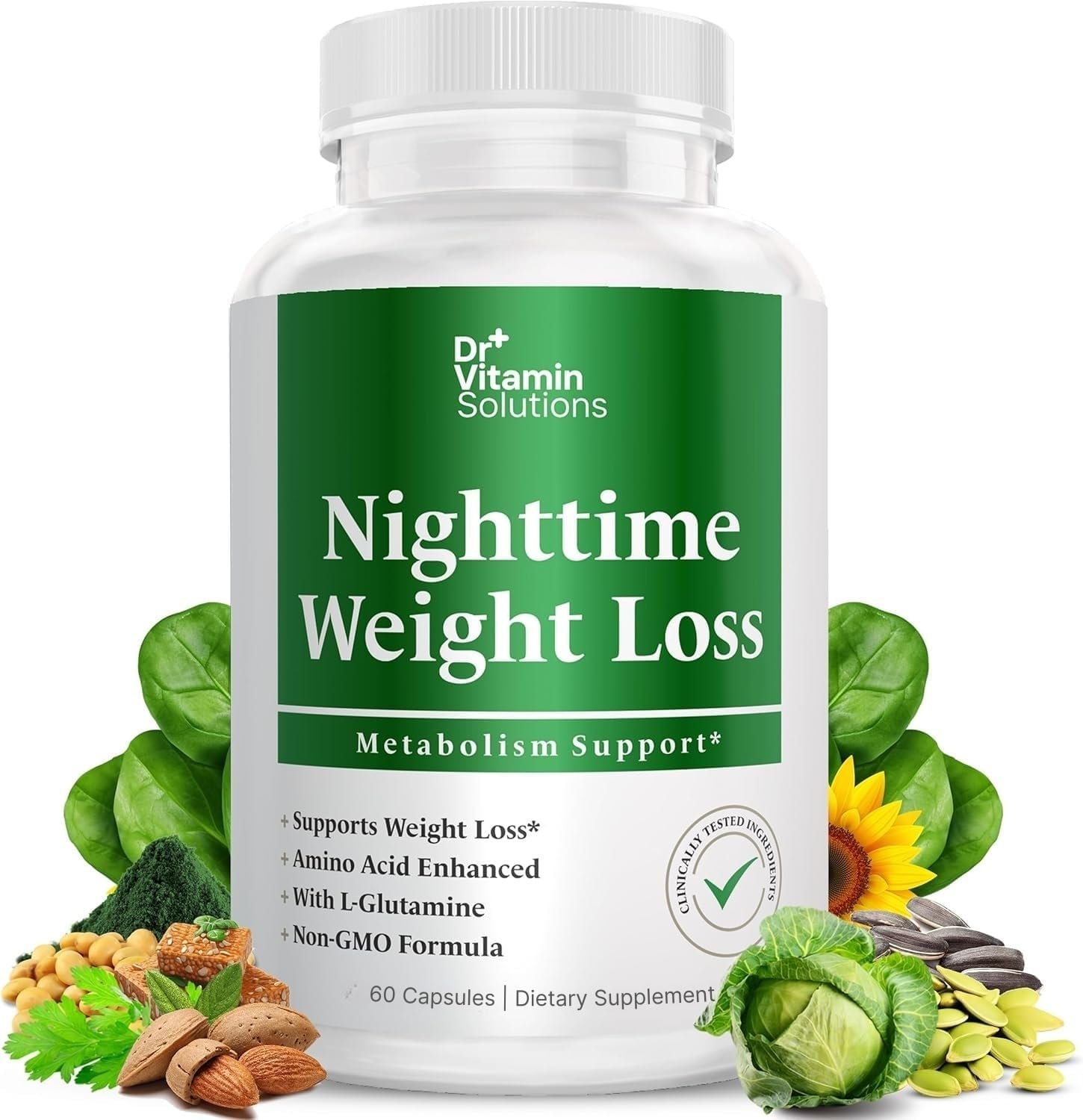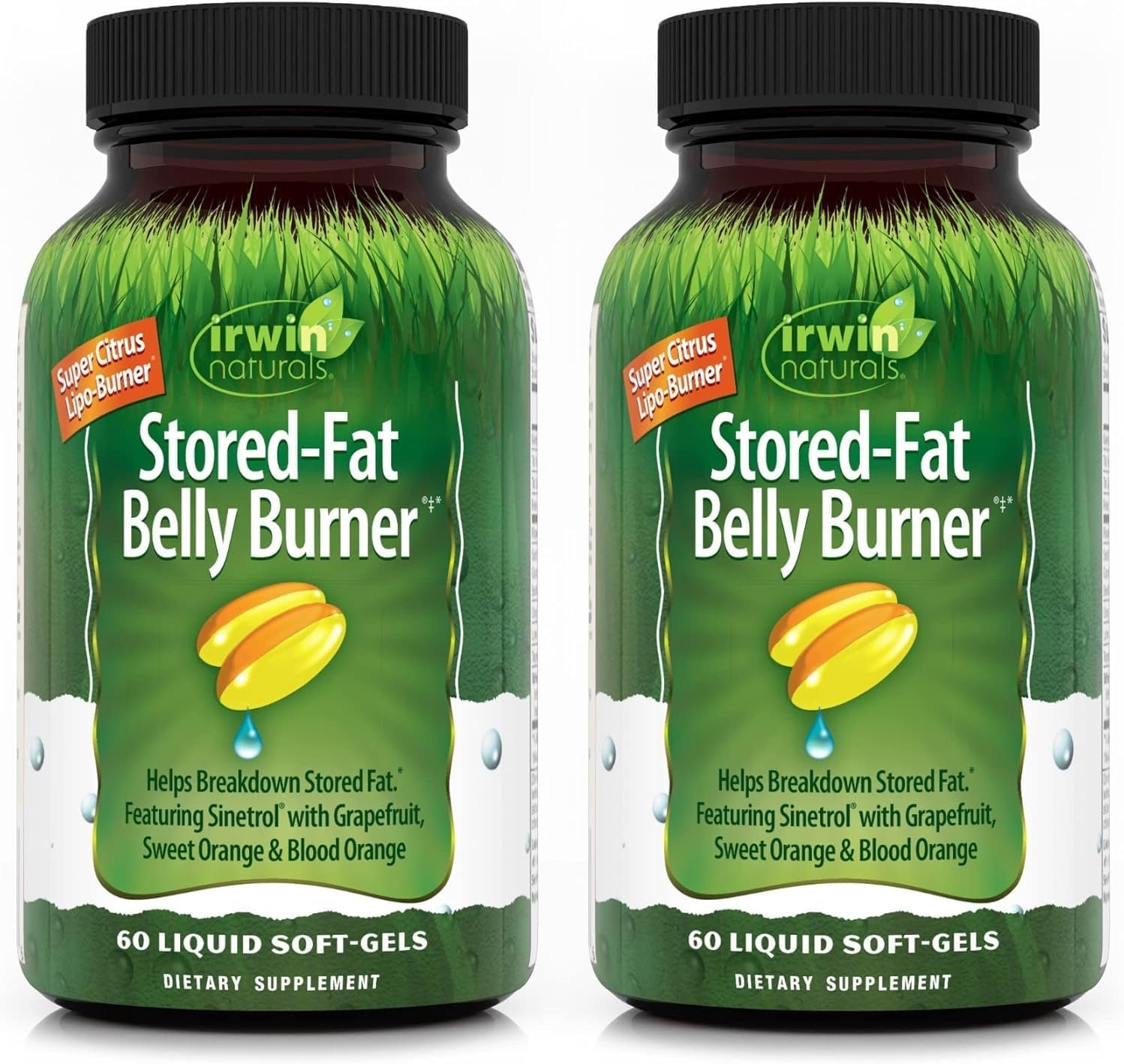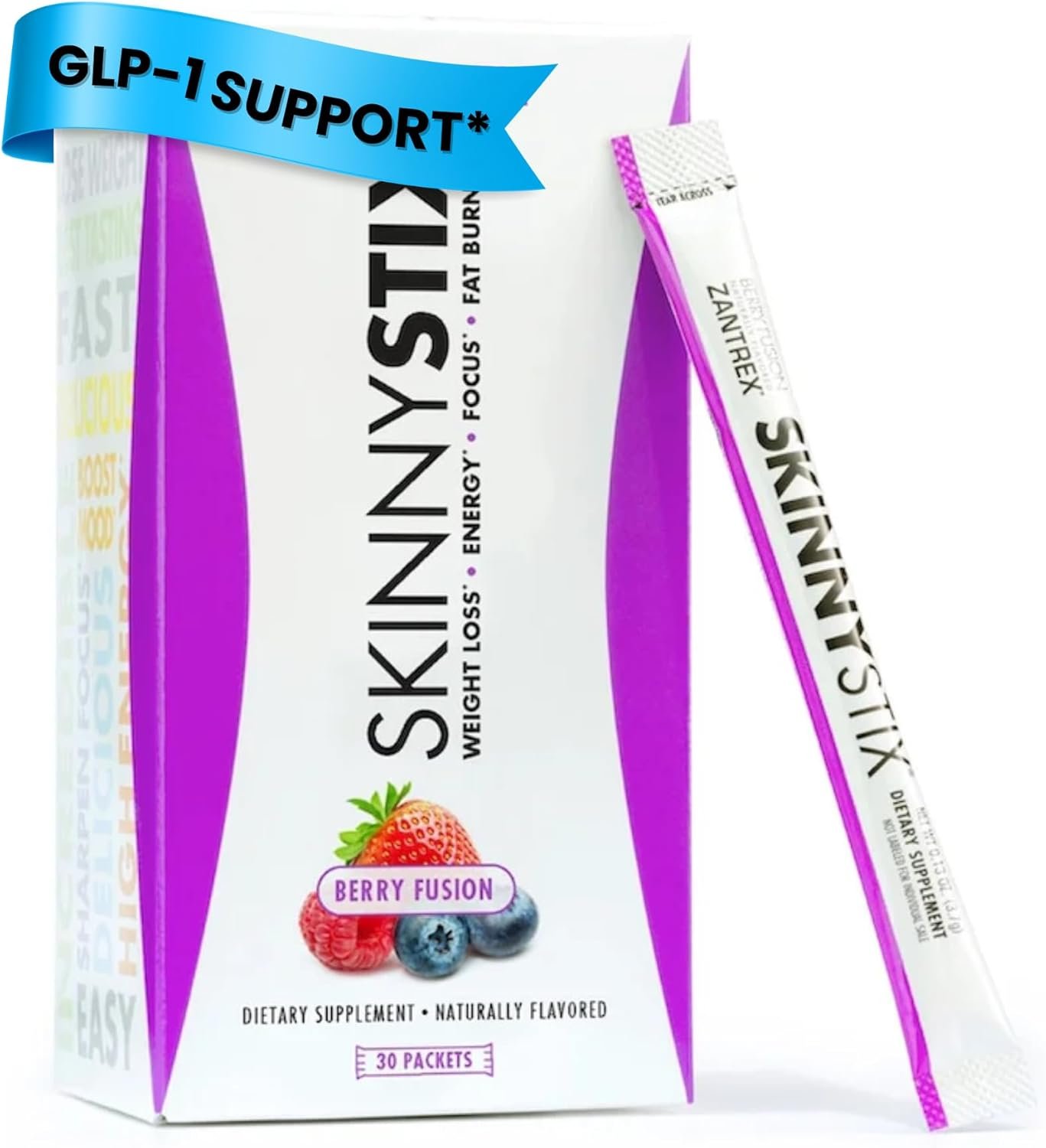

Exploring High-Intensity Interval Training: Is It Right for You?
Exploring High-Intensity Interval Training: Is It Right for You?
High-Intensity Interval Training (HIIT) has gained immense popularity in recent years as a highly effective workout method. By incorporating short bursts of intense exercise followed by brief recovery periods, HIIT claims to offer a time-efficient approach to fitness. But is it right for you? In this article, we will delve into what HIIT is, its benefits, types of HIIT workouts, and considerations to determine if it’s a fit for your personal fitness goals.
What is High-Intensity Interval Training?
High-Intensity Interval Training is a cardiovascular exercise strategy that alternates short, intense bursts of activity with less intense recovery periods. These workouts typically last from 10 to 30 minutes and can be implemented in various forms including running, cycling, or even strength training. The idea is to keep your heart rate up, maximizing calorie burn and improving overall fitness levels.
Benefits of High-Intensity Interval Training
HIIT workouts provide numerous benefits that can help craft a well-rounded fitness routine. Here are some of the most notable advantages:
- Efficient Use of Time: HIIT workouts can burn more calories in a shorter time frame compared to traditional steady-state cardio workouts.
- Fat Loss: Studies have shown that HIIT can lead to a significant reduction in body fat, especially in abdominal areas.
- Improved Metabolic Rate: HIIT can elevate your metabolic rate for hours after exercise, a phenomenon often referred to as the “afterburn effect.”
- Heart Health: HIIT can improve cardiovascular health and increase your VO2 max, which is crucial for endurance.
- Flexibility: HIIT workouts can be tailored to suit various fitness levels, making them accessible to beginners and experienced athletes alike.
- Variety: The structure of HIIT allows for creativity in workouts, which can prevent boredom.
Types of High-Intensity Interval Training
High-Intensity Interval Training can be adapted to fit various forms and activities. Here are some popular types of HIIT:
Circuit Training
Circuit training alternates between different exercises without rest in between. This can be a great full-body workout, engaging multiple muscle groups and increasing cardiovascular endurance.
Sprinting Intervals
This involves short sprints followed by walking or light jogging. For example, sprint for 30 seconds, then walk for one minute, repeated for 20-30 minutes.
Bodyweight Workouts
These HIIT workouts utilize your body weight for resistance. Exercises may include burpees, push-ups, jumping jacks, and mountain climbers, often requiring no equipment.
Tabata Training
This specific HIIT format is structured as 20 seconds of all-out effort followed by 10 seconds of rest, repeated for eight rounds, totaling four minutes of intense exercise.
Is HIIT Right for You?
While HIIT offers numerous benefits, it may not be suitable for everyone. Consider these factors when deciding if HIIT is right for you:
Fitness Level
Beginners may find HIIT challenging. If you’re new to exercising, it’s wise to start with steady-state cardio and gradually incorporate more intense workouts.
Goals
If you’re aiming for weight loss, improved cardiovascular health, or increased endurance, HIIT may be highly beneficial. However, if you’re focusing on muscle gain, other types of training might be more suitable.
Injuries
If you have existing injuries or health conditions, consult with a healthcare professional before starting any intensive exercise program. Modifications may be necessary to adapt workouts to your capacity.
Time Availability
HIIT has the advantage of a shorter workout duration. If you have a busy lifestyle, this training method may fit well into your schedule.
How to Get Started with HIIT
If you’ve decided to try HIIT, here are some steps to help you get started:
- Warm Up: Always warm up for about 5-10 minutes to prepare your body for intense activity to minimize injury risk.
- Choose Your Workout: Decide on the type of HIIT workout that interests you, whether it be circuit training, tabata, etc.
- Intensity Levels: Start with lower intensity and gradually increase as your fitness improves.
- Incorporate Rest: Don’t neglect recovery; include rest intervals in your workout to allow your body to recuperate.
- Track Progress: Keep a log of your workouts to monitor improvements and stay motivated.
Conclusion
High-Intensity Interval Training offers a myriad of benefits and can be a potent tool in any fitness regimen. However, it’s essential to assess your individual fitness level, health conditions, and personal goals before diving into it. As you embark on your fitness journey, remember that the best exercise is the one you enjoy and can stick to consistently. If HIIT doesn’t resonate, there are other effective methods to reach your fitness goals while still enjoying the workout process.
FAQs
1. Can HIIT workouts be done at home?
Yes! Many HIIT workouts require no equipment and can be performed in your living room. Bodyweight exercises are often used for at-home HIIT.
2. How often should I do HIIT?
For optimal results, it’s recommended to incorporate HIIT workouts 2-3 times per week alongside rest days or lower-intensity workouts.
3. Is HIIT safe for everyone?
HIIT is not suitable for everyone, especially those with certain health conditions or injuries. Always consult a healthcare professional before starting a new fitness program, particularly one as intense as HIIT.
4. Can HIIT help with weight loss?
Yes, numerous studies suggest that HIIT is effective for weight loss and burning fat due to its high-calorie burn within a short duration.
5. What should I eat before a HIIT workout?
A light snack with carbohydrates and protein, such as a banana or yogurt, approximately 30 minutes before your workout, can provide energy without weighing you down.







